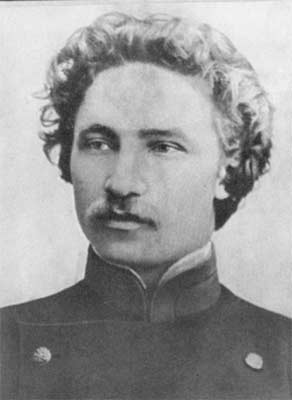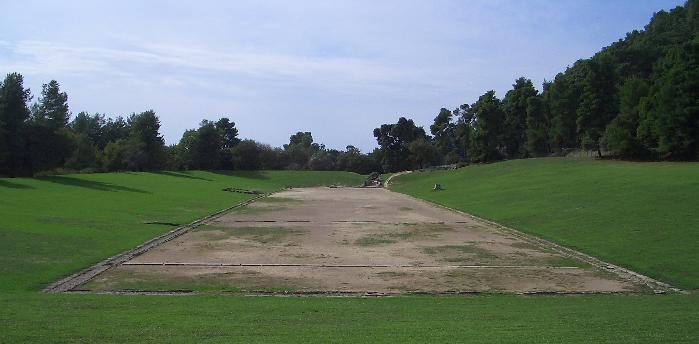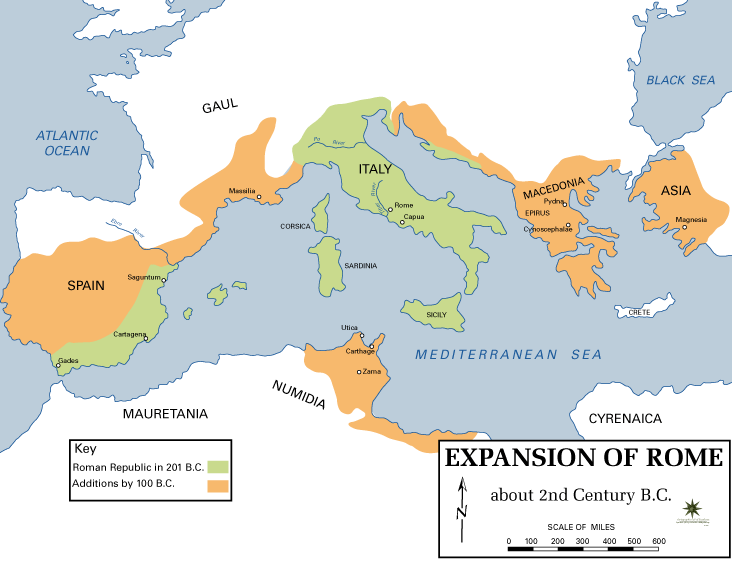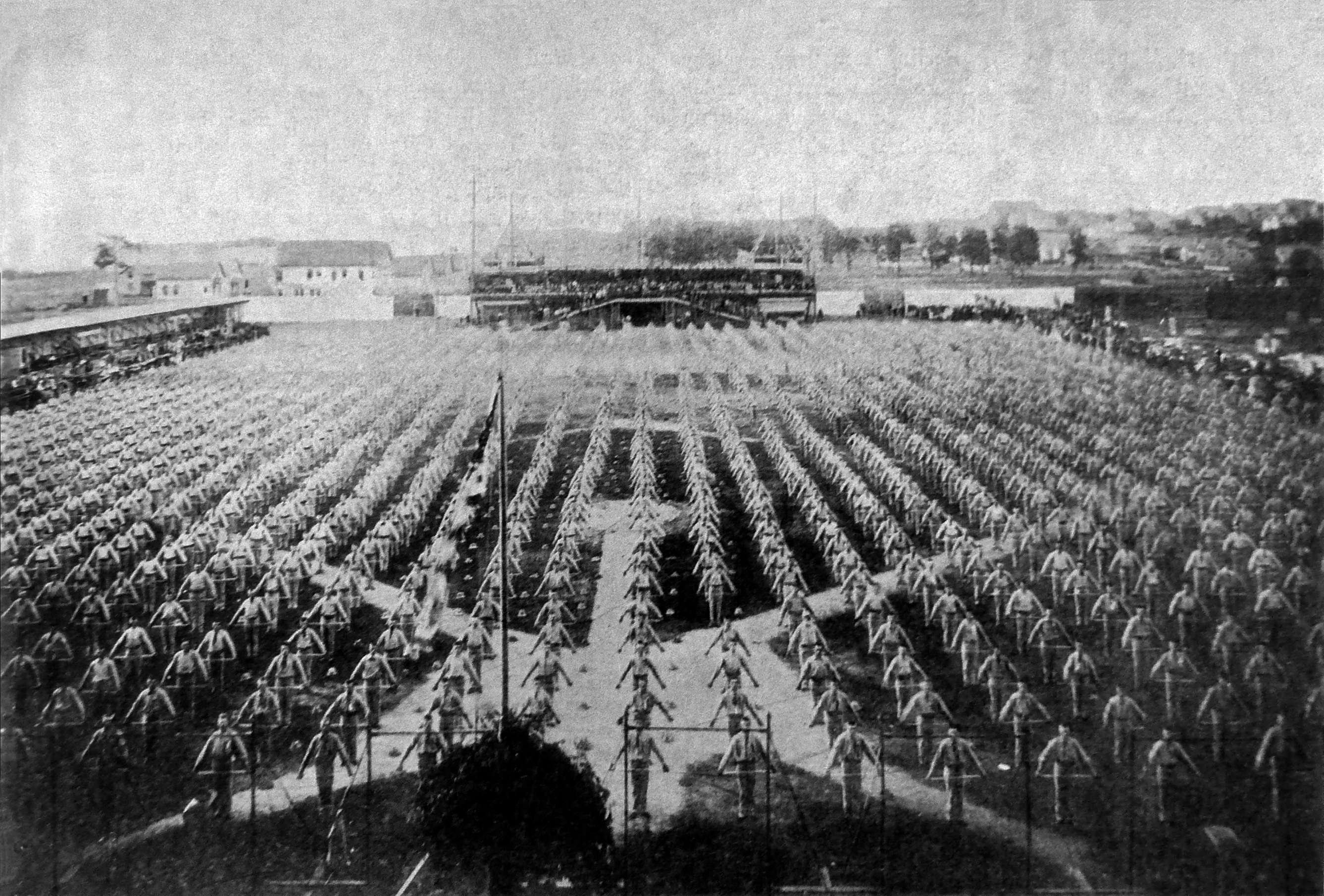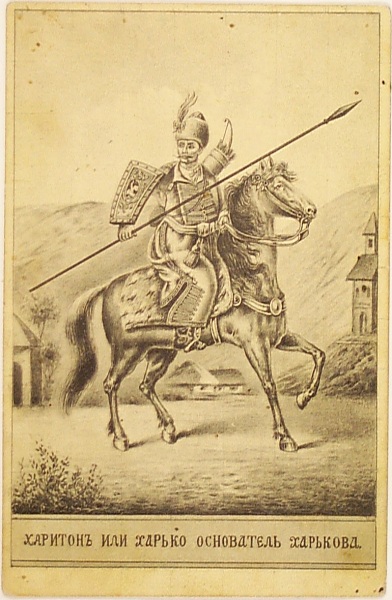|
Spartakiad
The Spartakiad (or Spartakiade) was an international sports event that was sponsored by the Soviet Union. Five international Spartakiades were held from 1928 to 1937. Later Spartakiads were organized as national sport events of the Eastern Bloc countries. The games were organised by Red Sport International. Background The Soviet Union attempted to use Spartakiads to both oppose and supplement the Olympics. (In Russian, there is a certain parallelism in the names: "Spartakiada" and "Olimpiada".) The name, derived from the name of the slave rebel leader, Spartacus,Great Soviet Encyclopedia, 3rd edition, volume 24 (part 1), p. 286, Moscow, Sovetskaya Entsiklopediya publisher, 1976 was intended to symbolize proletarian internationalism. As a classical figure, Spartacus also stood directly in contrast to the aristocratic nature of the Ancient Olympic Games on which the modern "capitalist" Olympics were based. The first Winter Spartakiad was held in February 1928 in Oslo, and th ... [...More Info...] [...Related Items...] OR: [Wikipedia] [Google] [Baidu] |
Red Sport International
The International Association of Red Sports and Gymnastics Associations, commonly known as Red Sport International (RSI) or Sportintern was a Comintern-supported international sports organization established in July 1921. The RSI was established in an effort to form a rival organization to already existing "bourgeois" and social democratic international sporting groups. The RSI was part of a physical culture movement in Soviet Russia linked to the physical training of young people prior to their enlistment in the military. The RSI held 3 summer games and 1 winter games called "Spartakiad" in competition with the Olympic games of the International Olympic Committee before being dissolved in 1937. Organizational history Background The notion of a separate working class national athletic federation emerged first in Germany during the decade of the 1890s, when a Workers Gymnastics Association was established by activists in the socialist movement in opposition to the nationalist Ge ... [...More Info...] [...Related Items...] OR: [Wikipedia] [Google] [Baidu] |
Strahov Stadium
The Great Strahov Stadium ( cs, Velký strahovský stadion) is a stadium in the Strahov district of Prague, Czech Republic. It was built for displays of synchronized gymnastics on a massive scale, with a field three times as long as and three times as wide as the standard Association football pitch. It has a capacity of 250,000 spectators, of which 56,000 is seating, making it the largest modern stadium and the second largest sports venue ever built. the stadium is no longer in use for competitive sports events; it is a training centre for Sparta Prague, and used to host pop and rock concerts. The stadium is sited on Petřín Hill overlooking the old city. It can be accessed by taking the Petřín funicular up the hill through the gardens, or by taking tram lines 22, 23 or 25 to Malovanka station. Construction Construction began based on plans by the architect Alois Dryák, on a wooden stadium in 1926, which was replaced by concrete grandstands in 1932. Further constructio ... [...More Info...] [...Related Items...] OR: [Wikipedia] [Google] [Baidu] |
Olympic Games
The modern Olympic Games or Olympics (french: link=no, Jeux olympiques) are the leading international sporting events featuring summer and winter sports competitions in which thousands of athletes from around the world participate in a multi-sport event, variety of competitions. The Olympic Games are considered the world's foremost sports competition with more than 200 teams, representing sovereign states and territories, participating. The Olympic Games are normally held every Olympiad, four years, and since 1994 Winter Olympics, 1994, have alternated between the Summer Olympic Games, Summer and Winter Olympic Games, Winter Olympics every two years during the four-year period. Their creation was inspired by the ancient Olympic Games (), held in Olympia, Greece from the 8th century BC to the 4th century AD. Pierre de Coubertin, Baron Pierre de Coubertin founded the International Olympic Committee (IOC) in 1894, leading to the first modern Games in Athens in 1896. The IOC is t ... [...More Info...] [...Related Items...] OR: [Wikipedia] [Google] [Baidu] |
Czechoslovakia
, rue, Чеськословеньско, , yi, טשעכאסלאוואקיי, , common_name = Czechoslovakia , life_span = 1918–19391945–1992 , p1 = Austria-Hungary , image_p1 = , s1 = Czech Republic , flag_s1 = Flag of the Czech Republic.svg , s2 = Slovakia , flag_s2 = Flag of Slovakia.svg , image_flag = Flag of Czechoslovakia.svg , flag = Flag of Czechoslovakia , flag_type = Flag(1920–1992) , flag_border = Flag of Czechoslovakia , image_coat = Middle coat of arms of Czechoslovakia.svg , symbol_type = Middle coat of arms(1918–1938 and 1945–1961) , image_map = Czechoslovakia location map.svg , image_map_caption = Czechoslovakia during the interwar period and the Cold War , national_motto = , anthems = ... [...More Info...] [...Related Items...] OR: [Wikipedia] [Google] [Baidu] |
Friendship Games
The Friendship Games, or Friendship-84 (russian: Дружба-84, ''Druzhba-84''), was an international multi-sport event held between 2 July and 16 September 1984 in the Soviet Union and eight other socialist states which boycotted the 1984 Summer Olympics in Los Angeles. Although Friendship Games officials denied that the Games were to be a counter-Olympic event to avoid conflicts with the International Olympic Committee, the competition was often dubbed the Eastern Bloc's "alternative Olympics". Some fifty states took part in the competition. While the boycotting countries were represented by their strongest athletes, other states sent their reserve teams, consisting of athletes who failed to qualify for Los Angeles. Background On 8 May 1984, less than three months before the 1984 Summer Olympics were scheduled to begin, the Soviet Union announced its decision to boycott the Games, citing lack of security for Soviet athletes in Los Angeles. The TASS news agency furthe ... [...More Info...] [...Related Items...] OR: [Wikipedia] [Google] [Baidu] |
Spartacus
Spartacus ( el, Σπάρτακος '; la, Spartacus; c. 103–71 BC) was a Thracian gladiator who, along with Crixus, Gannicus, Castus, and Oenomaus, was one of the escaped slave leaders in the Third Servile War, a major slave uprising against the Roman Republic. Little is known about him beyond the events of the war, and surviving historical accounts are sometimes contradictory. All sources agree that he was a former gladiator and an accomplished military leader. This rebellion, interpreted by some as an example of oppressed people fighting for their freedom against a slave-owning oligarchy, has provided inspiration for many political thinkers, and has been featured in literature, television, and film. The philosopher Voltaire described the Third Servile War as "the only just war in history". Although this interpretation is not specifically contradicted by classical historians, no historical account mentions that the goal was to end slavery in the Republic. Early l ... [...More Info...] [...Related Items...] OR: [Wikipedia] [Google] [Baidu] |
Mass Gymnastics
Mass games or mass gymnastics are a form of performing arts or gymnastics in which large numbers of performers take part in a highly regimented performance that emphasizes group dynamics rather than individual prowess. North Korea Mass games are now performed only in the Rungrado May Day Stadium but in the '90s there were mass games held at the Kim Il-sung Stadium and in the Pyongyang Gymnasium. Mass Games can basically be described as a synchronized socialist-realist spectacular, featuring over 100,000 participants in a 90-minute display of gymnastics, dance, acrobatics, and dramatic performance, accompanied by music and other effects, all wrapped in a highly politicized package. Students practiced every day from January onwards. The 90-minute performance is held every evening at 7pm and features the 'largest picture in the world' a giant mosaic of individual students each holding a book whose pages links with their neighbours’ to make up one gigantic scene. When the stude ... [...More Info...] [...Related Items...] OR: [Wikipedia] [Google] [Baidu] |
Kharkiv
Kharkiv ( uk, wikt:Харків, Ха́рків, ), also known as Kharkov (russian: Харькoв, ), is the second-largest List of cities in Ukraine, city and List of hromadas of Ukraine, municipality in Ukraine.Kharkiv "never had eastern-western conflicts" ''Euronews'' (23 October 2014) Located in the northeast of the country, it is the largest city of the historic Sloboda Ukraine, Slobozhanshchyna region. Kharkiv is the administrative centre of Kharkiv Oblast and of the surrounding Kharkiv Raion. The latest population is Kharkiv was founded in 1654 as Kharkiv fortress, and after these humble beginnings, it grew to be a major centre of industry, trade and Ukrainian culture in the Russian Empire. At the beginning of the 20th century, ... [...More Info...] [...Related Items...] OR: [Wikipedia] [Google] [Baidu] |
Communist Albania
The People's Socialist Republic of Albania ( sq, Republika Popullore Socialiste e Shqipërisë, links=no) was the Marxist–Leninist one party state that existed in Albania from 1946 to 1992 (the official name of the country was the People's Republic of Albania from 1946 until 1976 and the Republic of Albania from 1991 until its dissolution in 1992). From 1944 to 1946, the state of Albania was known as the Democratic Government of Albania. During this time period, the country was ruled by Enver Hoxha and the Party of Labour of Albania. They ruled Albania by establishing a Albanian stalinist style of state administration and adhering to policies which stressed national unity and self-reliance. Travel and visa restrictions made Albania one of the most difficult countries to visit or travel from. Former President Ilir Meta called it the "North Korea of Europe" during an interview with Euronews. Being Europe's only Muslim-majority country, it declared itself the world's first a ... [...More Info...] [...Related Items...] OR: [Wikipedia] [Google] [Baidu] |
Albania
Albania ( ; sq, Shqipëri or ), or , also or . officially the Republic of Albania ( sq, Republika e Shqipërisë), is a country in Southeastern Europe. It is located on the Adriatic The Adriatic Sea () is a body of water separating the Italian Peninsula from the Balkans, Balkan Peninsula. The Adriatic is the northernmost arm of the Mediterranean Sea, extending from the Strait of Otranto (where it connects to the Ionian Sea) ... and Ionian Seas within the Mediterranean Sea and shares land borders with Montenegro to the northwest, Kosovo to the northeast, North Macedonia to the east and Greece to the south. Tirana is its capital and largest city, followed by Durrës, Vlorë, and Shkodër. Albania displays varied climatic, geological, hydrological, and morphological conditions, defined in an area of . It possesses significant diversity with the landscape ranging from the snow-capped mountains in the Accursed Mountains, Albanian Alps as well as the Korab, Central Mountain R ... [...More Info...] [...Related Items...] OR: [Wikipedia] [Google] [Baidu] |
Prague
Prague ( ; cs, Praha ; german: Prag, ; la, Praga) is the capital and largest city in the Czech Republic, and the historical capital of Bohemia. On the Vltava river, Prague is home to about 1.3 million people. The city has a temperate oceanic climate, with relatively warm summers and chilly winters. Prague is a political, cultural, and economic hub of central Europe, with a rich history and Romanesque, Gothic, Renaissance and Baroque architectures. It was the capital of the Kingdom of Bohemia and residence of several Holy Roman Emperors, most notably Charles IV (r. 1346–1378). It was an important city to the Habsburg monarchy and Austro-Hungarian Empire. The city played major roles in the Bohemian and the Protestant Reformations, the Thirty Years' War and in 20th-century history as the capital of Czechoslovakia between the World Wars and the post-war Communist era. Prague is home to a number of well-known cultural attractions, many of which survived ... [...More Info...] [...Related Items...] OR: [Wikipedia] [Google] [Baidu] |
Yekaterinburg
Yekaterinburg ( ; rus, Екатеринбург, p=jɪkətʲɪrʲɪnˈburk), alternatively romanized as Ekaterinburg and formerly known as Sverdlovsk ( rus, Свердло́вск, , svʲɪrˈdlofsk, 1924–1991), is a city and the administrative centre of Sverdlovsk Oblast and the Ural Federal District, Russia. The city is located on the Iset River between the Volga-Ural region and Siberia, with a population of roughly 1.5 million residents, up to 2.2 million residents in the urban agglomeration. Yekaterinburg is the fourth-largest city in Russia, the largest city in the Ural Federal District, and one of Russia's main cultural and industrial centres. Yekaterinburg has been dubbed the "Third capital of Russia", as it is ranked third by the size of its economy, culture, transportation and tourism. Yekaterinburg was founded on 18 November 1723 and named after the Russian emperor Peter the Great's wife, who after his death became Catherine I, Yekaterina being the Russian for ... [...More Info...] [...Related Items...] OR: [Wikipedia] [Google] [Baidu] |
